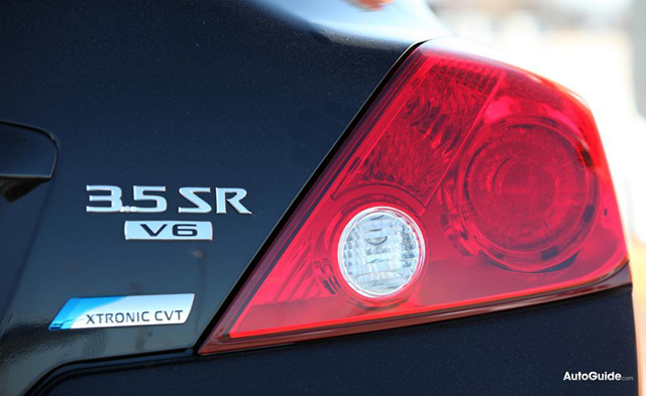Controlled variable transmissions, or “CTVS,” are gear-free transmissions that are only good because of engine drone under heavy throttle, and they are slowly invading against manuals and conventional automatics, especially in 2014 models.
Audi, Honda, Hyundai, Subaru, and Toyota all make their own CVTs. Nissan owns a controlling interest in JATCO, the firm that supplies 49 percent of the world’s gear-free transmissions to Chrysler, GM, Mitsubishi, and Suzuki. In addition, nearly half of Nissan’s current U.S. models offer a JATCO-supplied CVT. You would think that with all of these major car companies providing a model of this style, there would be a greater market for them. However, it is beginning to seem like this is just another one of those things that can be categorized as a “one hit wonder” in the auto industry.
To trim parasitic losses in its new “intelligent shifting” CVT, Toyota, for example, designed an engine-driven oil pump with a second discharge port. The low-pressure outlet handles transmission lubrication. A variable high-pressure port supplies the hydraulic force that it needs to clamp the steel belt tightly between the driving and driven pulley halves. This smart pump arrangement avoids slippage while minimizing power consumption. In addition, the Corolla S’s CVT has a sport mode, paddle shifters, and seven artificial “gears” to address two classic gripes: the rubber-band effect (where the engine revs, and the car’s speed eventually catches up) and the no-driver-involvement issue.
Ratio spread—the quotient of the lowest drive ratio divided by the highest—is the second area where CVTs are making gains against other transmissions. Compared with the 9.8:1 ratio spread in ZF’s new nine-speed automatic, the Nissan Altima’s 7.0:1 doesn’t sound that impressive, but this was a 17-percent improvement over JATCO’s seventh-generation CVT. Without divulging exactly how far the spread can be stretched, JATCO engineers have admitted that broader ratios are both technically feasible and a top priority in their future designs.
It is difficult to say at this point whether or not these types of transmissions will subsist in today’s markets; only time will tell.



